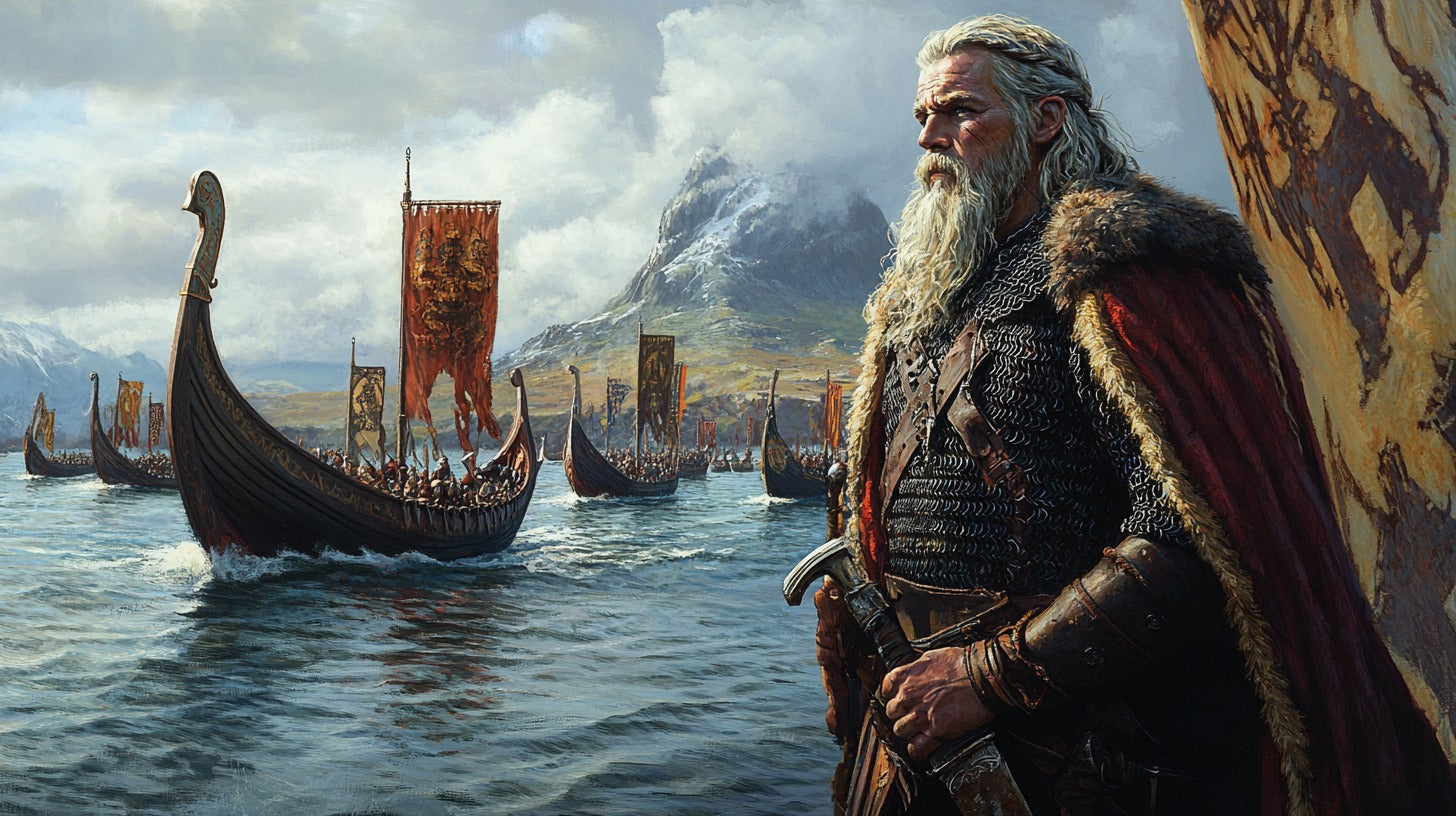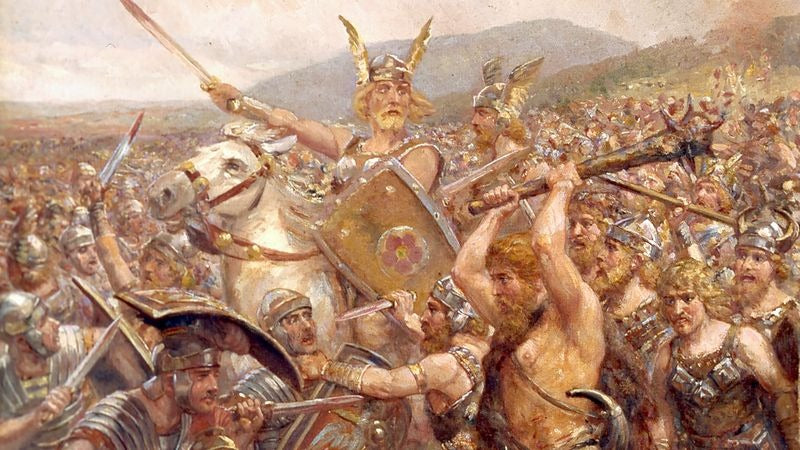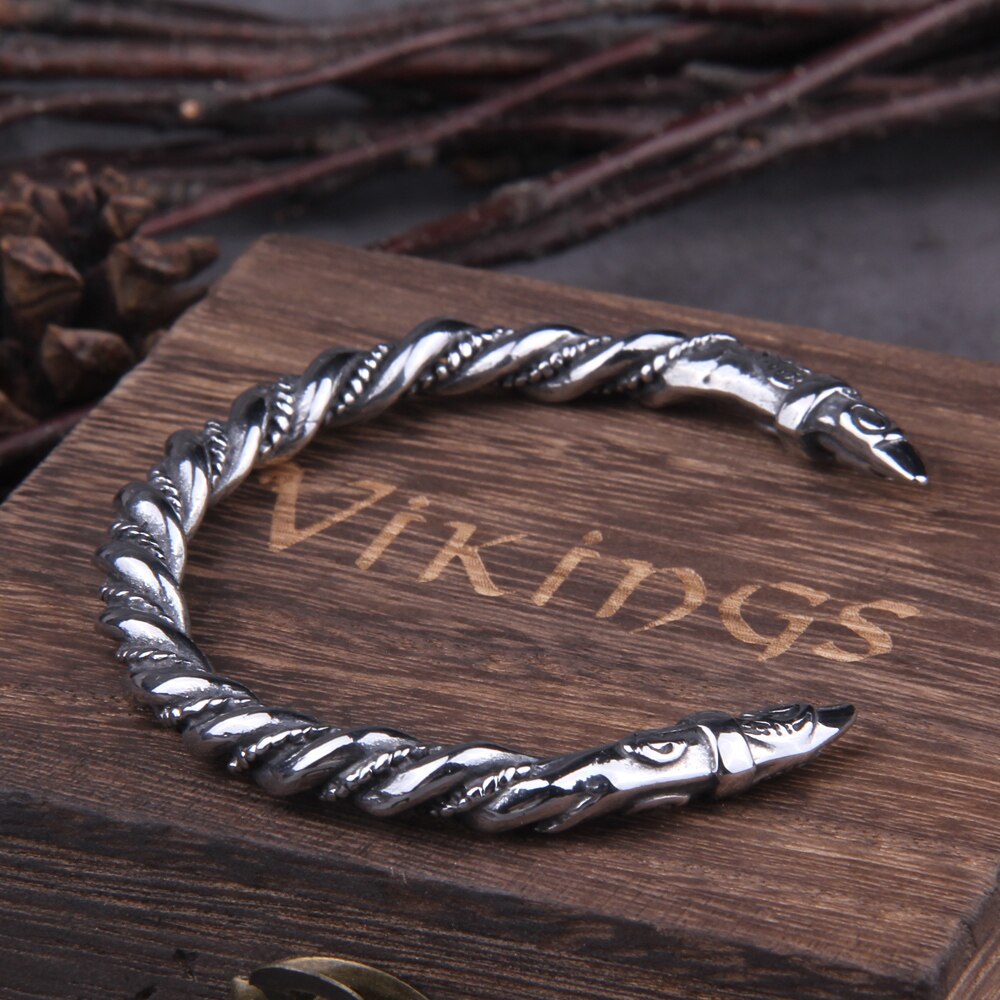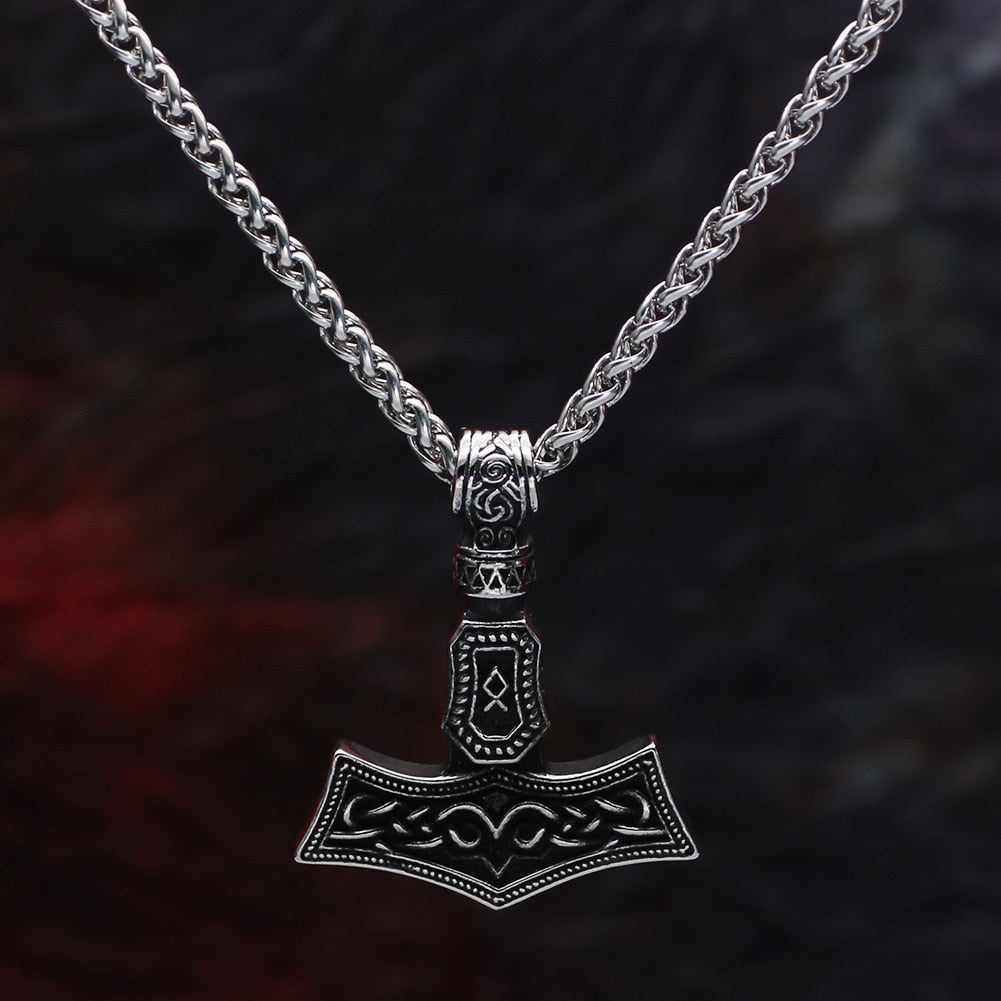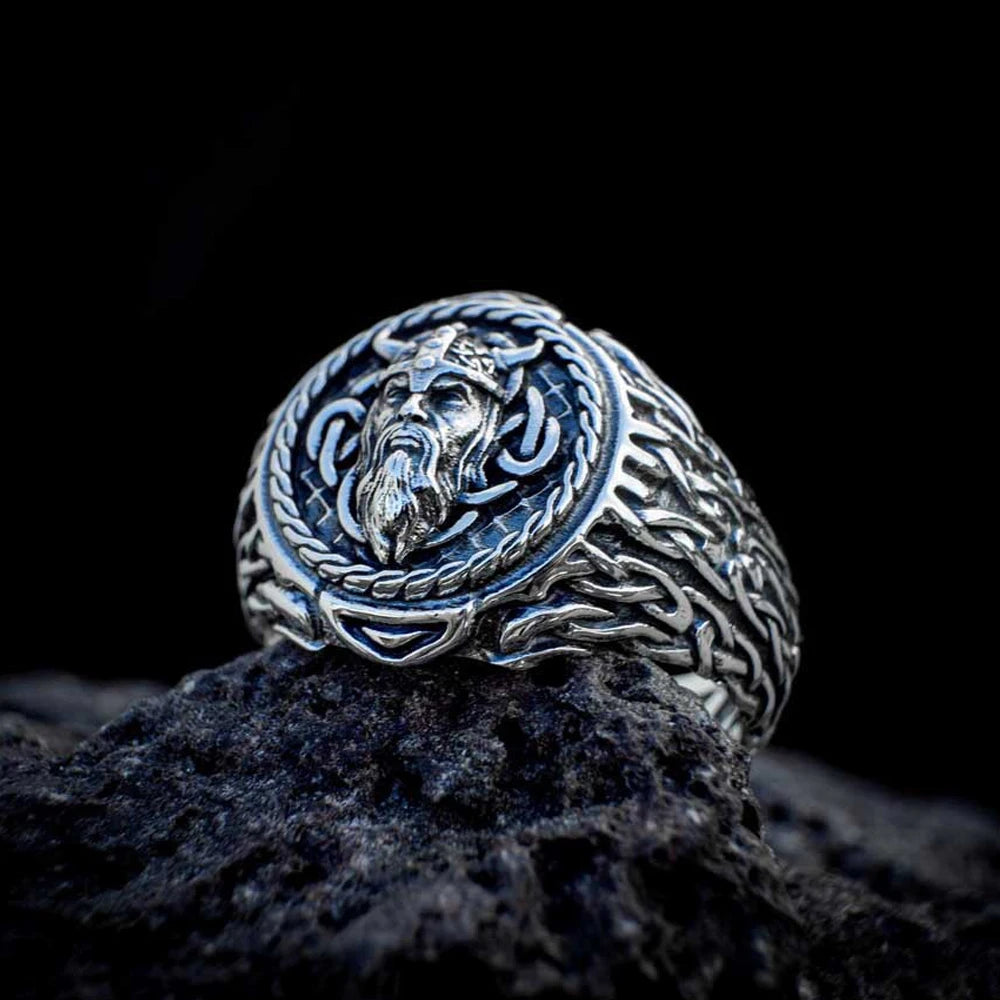
Who Were the Jutes? Their Role in Early Medieval History
The Jutes, an enigmatic Germanic tribe from the early medieval period, hold a unique place in the history of Europe and Britain. Overshadowed by their contemporaries—the Angles, Saxons, and later, the Vikings—the Jutes were instrumental in shaping the cultural and political landscape of post-Roman Britain. Emerging from the Jutland Peninsula (modern Denmark), their migration and subsequent assimilation left a legacy still debated by historians. Through archaeological evidence, historical records, and linguistic traces, the Jutes emerge as a people whose story bridges the worlds of Germanic Europe and early England.
Who Were the Jutes?
The Jutland Peninsula (Illustration: Liblchtnatz CC BY-SA 3.0).
The Jutes were one of the primary Germanic tribes identified by the Venerable Bede in his Ecclesiastical History of the English People. Alongside the Angles and Saxons, they are described as key participants in the 5th-century migrations that reshaped Britain after the fall of Roman rule. While they shared many cultural and linguistic traits with their Germanic neighbors, the Jutes are distinguished by their specific origins in the northern part of the Jutland Peninsula. This geographical association has led to ongoing debates about their exact identity, with some scholars suggesting they were closely related to or even a subgroup of the Danes.
Origins and Migration
The Jutes originated in Jutland, an area characterized by its windswept coasts and strategic proximity to the North and Baltic Seas. During the Migration Period (4th–6th centuries), Europe witnessed widespread movements of peoples driven by pressures such as population growth, climate change, and the destabilization of the Western Roman Empire. For the Jutes, these factors likely combined with internal conflicts and opportunities for wealth and land abroad. By the mid-5th century, the Jutes, along with the Angles and Saxons, began crossing the North Sea to Britain, seeking new opportunities in the power vacuum left by Rome’s withdrawal.
The Jutish Role in the Anglo-Saxon Invasion

Map of the Germanic kingdoms in Britian circa 575 AC (Illustration: James Frankcom CC BY 3.0).
Historical accounts, particularly those of Bede, emphasize the Jutes’ crucial role in the Anglo-Saxon invasions. Settling primarily in Kent, the Isle of Wight, and parts of Hampshire, the Jutes established themselves as one of the foundational groups in early English history. Kent, under the rule of legendary leaders like Hengist and Horsa, became a powerful kingdom with strong ties to its continental origins. Archaeological finds, including burial sites and artifacts, reveal distinct Jutish influences, such as their jewelry and weapon designs, which blend Germanic and insular styles.
"Those who came over were of the three most powerful nations of Germany—Saxons, Angles, and Jutes. From the Jutes are descended the people of Kent, and of the Isle of Wight, and those also in the province of the West Saxons who are to this day called Jutes, seated opposite to the Isle of Wight."
— Bede 1910, 1.15
Cultural and Linguistic Identity
The Jutes contributed significantly to the cultural mosaic of early medieval Britain. While their language has not survived as a distinct entity, its influence is evident in the early dialects of Old English, particularly in Kent and surrounding areas. Their cultural practices, including unique burial rites and craftsmanship, set them apart from the Angles and Saxons. The Jutes also played a role in transmitting continental traditions to Britain, influencing governance, law, and social structures.
Jutes and Danes: Shared History
The Jutes’ geographical and cultural proximity to the Danes has long fueled debates about their relationship. While distinct during the Migration Period, the Jutes were eventually assimilated into the broader Danish identity. This transition reflects broader patterns in northern Europe, where shifting alliances and migrations blurred tribal boundaries. By the Viking Age, the Jutes had largely ceased to exist as a separate group, absorbed into the Danish cultural and political sphere.
The Decline of the Jutes
As the Anglo-Saxon kingdoms consolidated, the Jutes gradually lost their distinct identity. By the 7th century, their territories in Kent and the Isle of Wight had become integral parts of larger political entities. The process of assimilation, combined with the lack of a written Jutish tradition, contributed to their historical obscurity. Nevertheless, their influence persisted in place names, legal traditions, and the genealogies of early English rulers.
Legacy of the Jutes
The 'Quoit Brooch', found in Sarre, Kent. Located in the British Museum collection (Photo: Johnbod CC BY-SA 3.0).
Despite their disappearance as a distinct people, the Jutes’ legacy endures. Their role in the formation of Anglo-Saxon England laid the groundwork for subsequent developments in British history. Place names in Kent and the Isle of Wight bear traces of their presence, while their cultural contributions enriched the tapestry of early medieval Europe. The story of the Jutes serves as a reminder of the complexities of identity and migration in the ancient world.
Frequently Asked Questions (FAQs)
- Are Jutes and Danes the same?
No, but they share cultural and geographical ties. The Jutes were a distinct group during the Migration Period but were later assimilated into the Danish identity.
- When did the Jutes invade England?
The Jutes migrated to England in the mid-5th century, as part of the Anglo-Saxon invasions.
- What happened to the Jutes?
The Jutes were absorbed into Anglo-Saxon society and lost their distinct identity by the 7th century.
- Are Jutes Germanic?
Yes, the Jutes are classified as a Germanic tribe originating from the Jutland Peninsula.
- Where did the Jutes come from?
The Jutes came from Jutland, an area in modern Denmark.
References
Bede, Venerable. Ecclesiastical History of the English People. Translated by Leo Sherley-Price, Penguin Classics, 1990.
Hines, John. The Anglo-Saxons from the Migration Period to the Eighth Century: An Ethnographic Perspective. Boydell Press, 2003.
Myres, J. N. L. The English Settlements. Oxford University Press, 1986.
Yorke, Barbara. Kings and Kingdoms of Early Anglo-Saxon England. Routledge, 1997.
Higham, Nicholas J., and Ryan, Martin J. The Anglo-Saxon World. Yale University Press, 2013.
Nelson, Janet L. The Frankish World, 750–900. Hambledon Press, 1996.
Arnold, Christopher J. An Archaeology of the Early Anglo-Saxon Kingdoms. Routledge, 1997.
Online Resources
British Museum Collections: Artifacts from Early Anglo-Saxon England (www.britishmuseum.org).
Kent Archaeological Society: Early Jutish Settlements in Kent (www.kentarchaeology.org).


